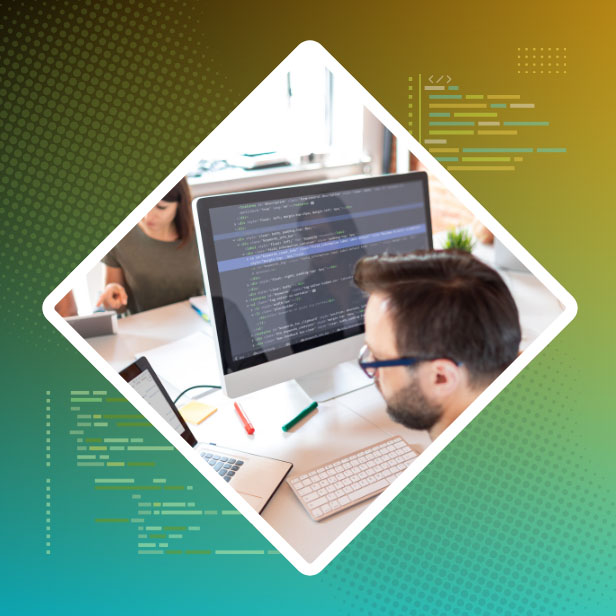Enterprise Application Development, zBlog
Monolithic vs Microservices Architecture: A Comprehensive Comparison for Modern Software Development
trantorindia | Updated: September 5, 2025
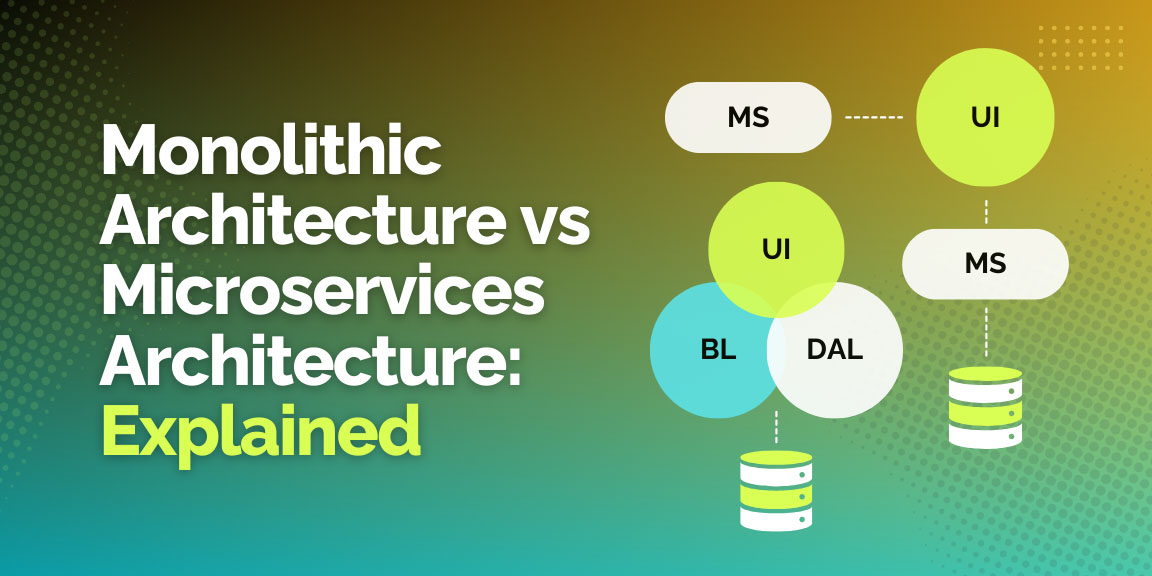
As businesses evolve in the digital age, the choice of software architecture becomes a pivotal decision that influences scalability, maintainability, and overall success. The debate between Monolithic vs Microservices Architecture continues to shape how modern software development projects are planned and executed. Understanding the nuances between these two architectures is essential for CTOs, developers, and digital strategists aiming to build robust, scalable applications in 2026 and beyond.
This comprehensive guide explores everything you need to know about Monolithic vs Microservices Architecture, covering detailed definitions, features, benefits, drawbacks, latest trends, real-world statistics, best practices, and frequently asked questions. Whether you are considering a new project or planning to modernize existing systems, this guide will arm you with the insights to choose and implement the right architectural approach.
What Is Monolithic Architecture?
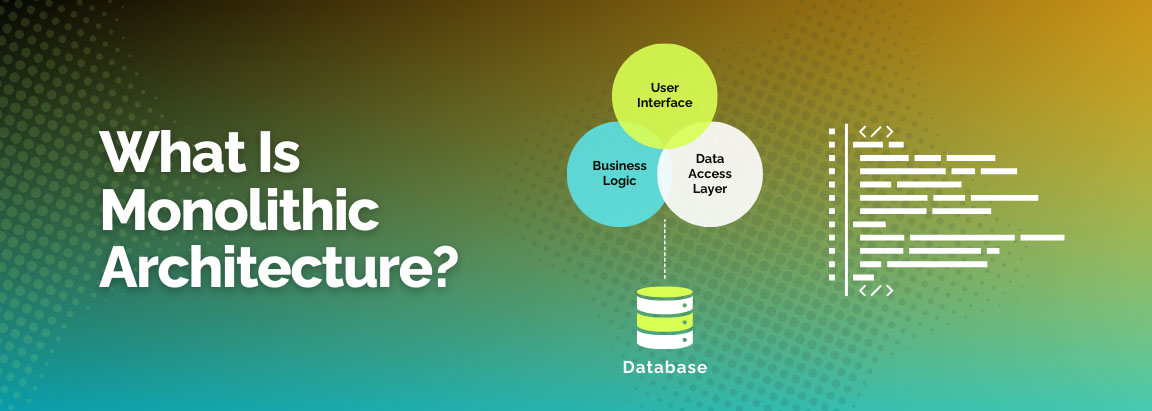
Monolithic architecture refers to a software design where all components and functionalities of an application are closely interconnected and packaged as a single unit. Every feature, from the user interface to the back-end business logic and data access layer, lives within one codebase and process.
Core Characteristics:
- Single deployment unit: The entire application is built, tested, and deployed together.
- Tight coupling: Components are dependent on each other and share resources like database connections.
- Common technology stack: A uniform set of technologies are used throughout the application.
- In-process communication: All modules interact through direct method calls within the same process.
Benefits of Monolithic Architecture
- Simplicity and ease of development: Early-stage projects often benefit from a monolithic approach because it is straightforward to set up, develop, and test.
- Performance: In-process calls generally offer better performance due to the absence of network overhead.
- Simplified deployment: Single executable deployment reduces complexity in release management.
- Lower initial operational costs: Requires less infrastructure compared to distributed systems.
Challenges with Monolithic Architecture
- Limited scalability: Scaling requires replicating the entire application, even if only specific functionalities experience high demand.
- Maintenance hurdles: Over time, as codebases grow, monolithic applications become difficult to understand, modify, and debug.
- Slower development speed: Changes to a small part require rebuilding and retesting the whole system.
- Technology stack rigidity: Upgrading or experimenting with new technologies across a monolith is challenging.
- Risk of failure: A bug in one part can potentially bring down the entire application.
What Is Microservices Architecture?
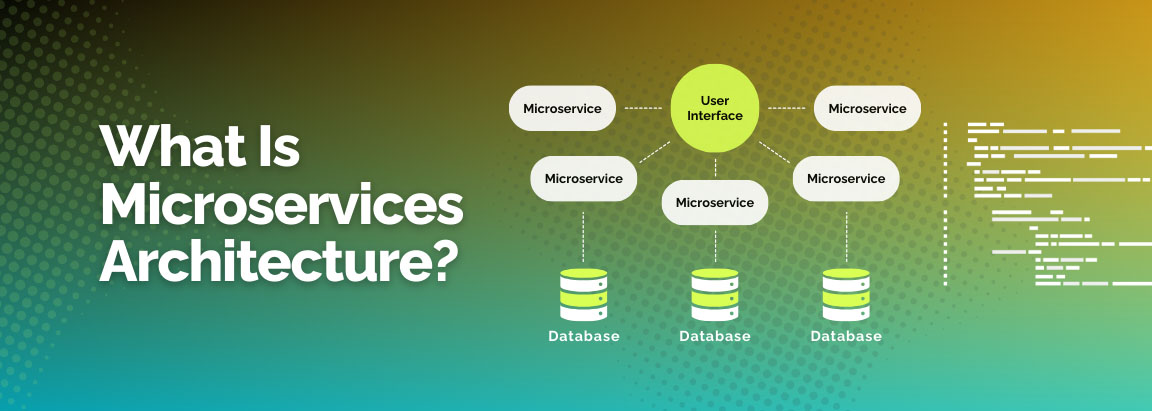
Microservices architecture breaks down an application into a suite of small, independently deployable services. Each microservice is responsible for a distinct business capability and communicates with others through lightweight protocols like HTTP or messaging queues.
Core Characteristics:
- Independently deployable services: Microservices can be developed, deployed, and scaled separately.
- Decentralized data management: Each service manages its own database or data model.
- Polyglot programming: Different microservices can use different technologies and languages suited to their needs.
- Inter-service communication: Services interact through APIs, message brokers, or event-driven mechanisms.
- Organization alignment: Teams are often responsible for individual services, promoting parallel development.
Benefits of Microservices Architecture
- Scalability: Scale only the individual services that experience high demand without affecting others.
- Flexibility: Teams can select the best technology stack for each service.
- Faster deployments: Independent release cycles enable quicker bug fixes and feature rollouts.
- Fault isolation: Failures in one microservice typically don’t crash the entire application.
- Improved maintainability: Smaller, focused codebases are easier to understand and modify.
- Better alignment with Agile and DevOps: Enables small, autonomous teams to work on different services simultaneously.
Challenges of Microservices Architecture
- Increased complexity: Distributed services require robust network communication, management, and fault tolerance strategies.
- Data consistency challenges: Transactional integrity across services needs careful design (e.g., eventual consistency).
- Operational overhead: Requires sophisticated infrastructure such as container orchestration (Kubernetes), service mesh, and monitoring.
- Testing complexities: End-to-end testing demands coordination between multiple services.
- Security risks: More points of attack need comprehensive security across all communication channels.
- Higher initial investment: Requires tooling, infrastructure, and expertise that can increase upfront costs.
Detailed Comparison: Monolithic vs Microservices Architecture
When to Choose Monolithic Architecture
- Early-stage startups or MVPs requiring fast time-to-market with limited features.
- Applications with simple, tightly coupled requirements.
- Teams with limited experience in distributed systems.
- Projects constrained by budget or infrastructure.
- Situations where rapid development outweighs future scalability concerns.
When to Choose Microservices Architecture
- Complex, large-scale applications requiring demonstrated scalability.
- Applications where workloads and features change independently.
- Organizations with multiple teams that benefit from autonomy.
- Systems requiring frequent and independent deployments.
- Projects targeting cloud-native infrastructure leveraging Kubernetes and serverless technologies.
Modern Trends Impacting Architecture Decisions

Cloud-Native and Containerization
The rise of Kubernetes and Docker has made deploying microservices easier, fostering resilience and scalability for cloud environments.
Serverless Computing Impact
Serverless functions complement microservices by enabling event-driven, on-demand compute, reducing infrastructure management overhead.
Greater Focus on Observability
Distributed tracing, centralized logging, and advanced monitoring tools are essential to manage microservices complexity.
Growing Importance of API-First Design
APIs define service boundaries and enable seamless integration between services and external partners.
DevSecOps and Security Integration
Security is integrated from development to operations, critical for distributed microservices ecosystems.
Real-World Statistics and Insights
- Over 60% of enterprises plan large-scale migration to microservices or hybrid architectures by 2026.
- Organizations adopting microservices report up to a 35% increase in deployment frequency and a 25% reduction in downtime.
- Studies show becoming cloud-native and microservices-based can reduce development costs by approximately 30% while boosting innovation.
- Kubernetes adoption, a key enabler of microservices, has seen annual growth exceeding 40% worldwide.
- Developer surveys highlight improved autonomy and productivity in microservices teams but cite operational complexity as the main challenge.
Implementation Best Practices for Both Architectures
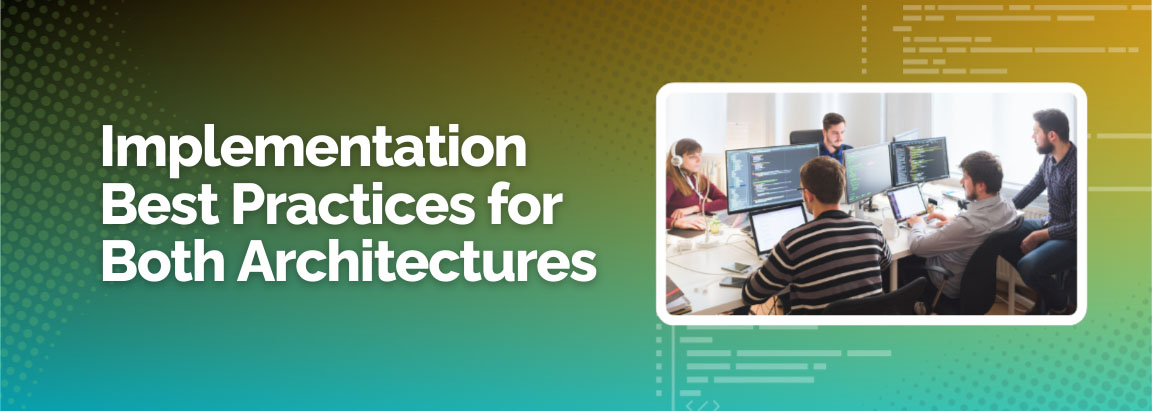
Monolithic Success Tips
- Maintain strict modularity within the codebase to ease future refactoring.
- Implement robust automated testing to mitigate regression risks.
- Design with eventual migration in mind if scaling becomes necessary.
- Monitor performance and introduce caching and asynchronous processing strategically.
Microservices Success Tips
- Start with domain-driven design (DDD) to define clear service boundaries.
- Build comprehensive CI/CD pipelines for automated testing and deployment.
- Implement service discovery and use API gateways to manage communication.
- Use distributed tracing tools like Jaeger or Zipkin for observability.
- Invest in DevOps culture for continuous collaboration between development and operations.
Frequently Asked Questions (FAQs)
Q1: Can I migrate a monolithic app to microservices?
Yes, migration is possible but complex. It involves breaking the monolith into manageable services, often incrementally applying strangler pattern methods.
Q2: Are microservices always better than monolithic?
Not necessarily. Monolithic applications can outperform microservices for simple, tightly integrated use cases or small teams.
Q3: What is the overhead of managing microservices?
Microservices require investment in orchestration, security, networking, and monitoring tools that add complexity compared to monoliths.
Q4: Can small businesses benefit from microservices?
Yes, but only if they have the appropriate resources and technical maturity. For many small teams, monoliths offer better simplicity.
Q5: How do microservices affect team organization?
Microservices encourage team autonomy, allowing smaller, cross-functional teams to own services end-to-end, aligned with agile methodologies.
Conclusion: Making the Right Choice with Trantor
The decision between Monolithic vs Microservices Architecture depends on your business goals, team size, technical maturity, scalability requirements, and deployment strategies. While monolithic applications remain relevant for straightforward and early-stage projects, microservices offer unmatched agility and scalability for complex systems in today’s cloud-first landscape.
At Trantor, we guide you through this transformative journey—helping build, migrate, or optimize your applications with architectures best suited for your unique needs. Our expertise spans the full technology stack, agile delivery, and cloud-native best practices, ensuring your software is robust, scalable, and future-ready.

